On board the Venice Simplon-Orient-Express with Veuve Clicquot
Champagne house Veuve Clicquot marks its 250th anniversary with a special train journey from Reims to Venice, on board the fabled Venice Simplon-Orient-Express. Wallpaper* Paris editor Amy Serafin went along for an exceptional ride, featuring haute cuisine, live music and alpine scenery, washed down with endless bubbles
Boby Allin - Photography
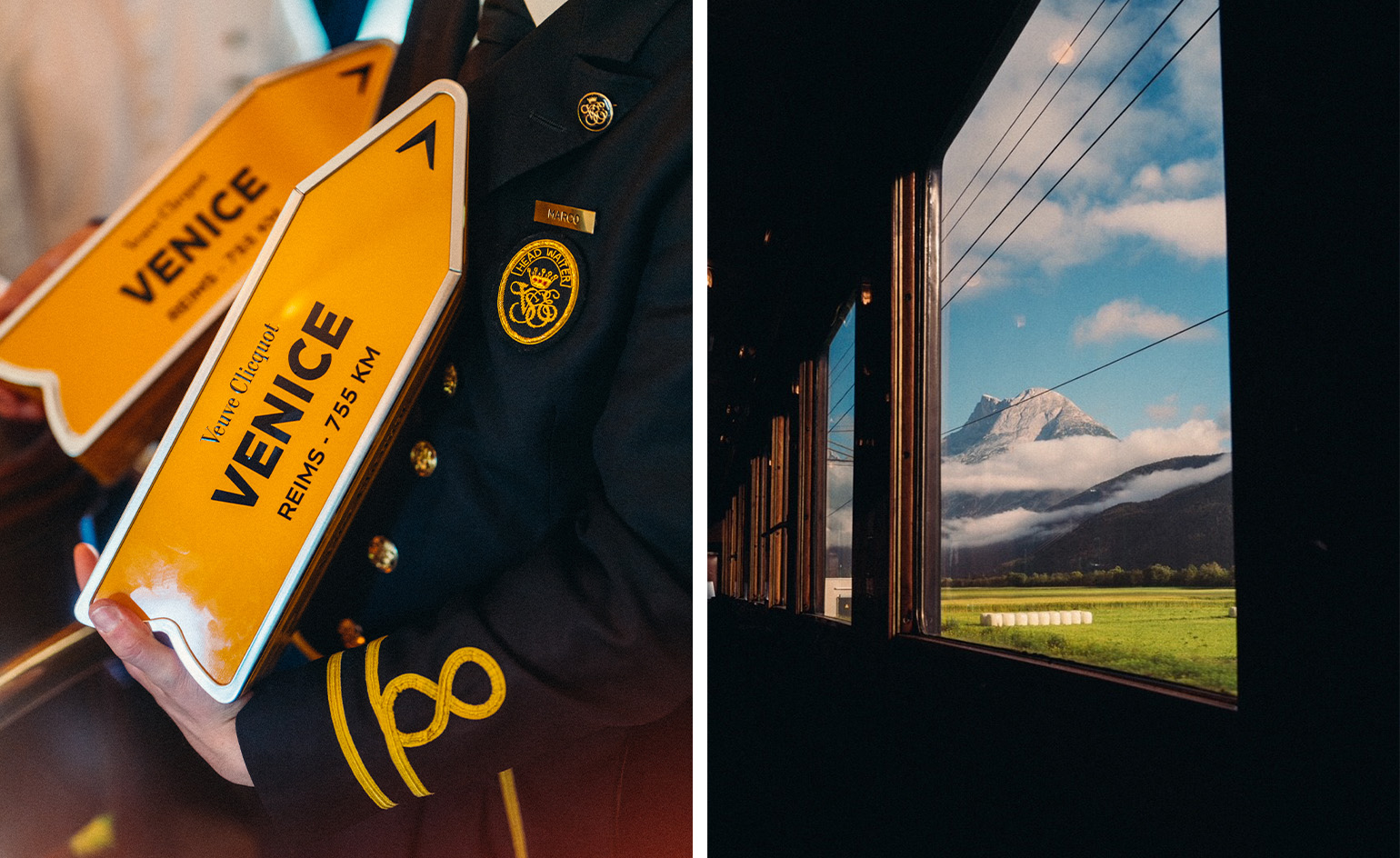
In 1772, Philippe Clicquot, a textile merchant in Reims, France, inherited four hectares of vines and founded the champagne house that would later become Veuve Clicquot. That same year, the company sent its first international shipment to a princess in Venice. So it was only fitting that the house celebrate its 250th anniversary with a very special return to Venice, on the fabled Venice Simplon-Orient-Express (VSOE).
‘It was a way to close the circle, to have a one-of-a-kind shared experience,’ says Jean-Marc Gallot, CEO of Veuve Clicquot.
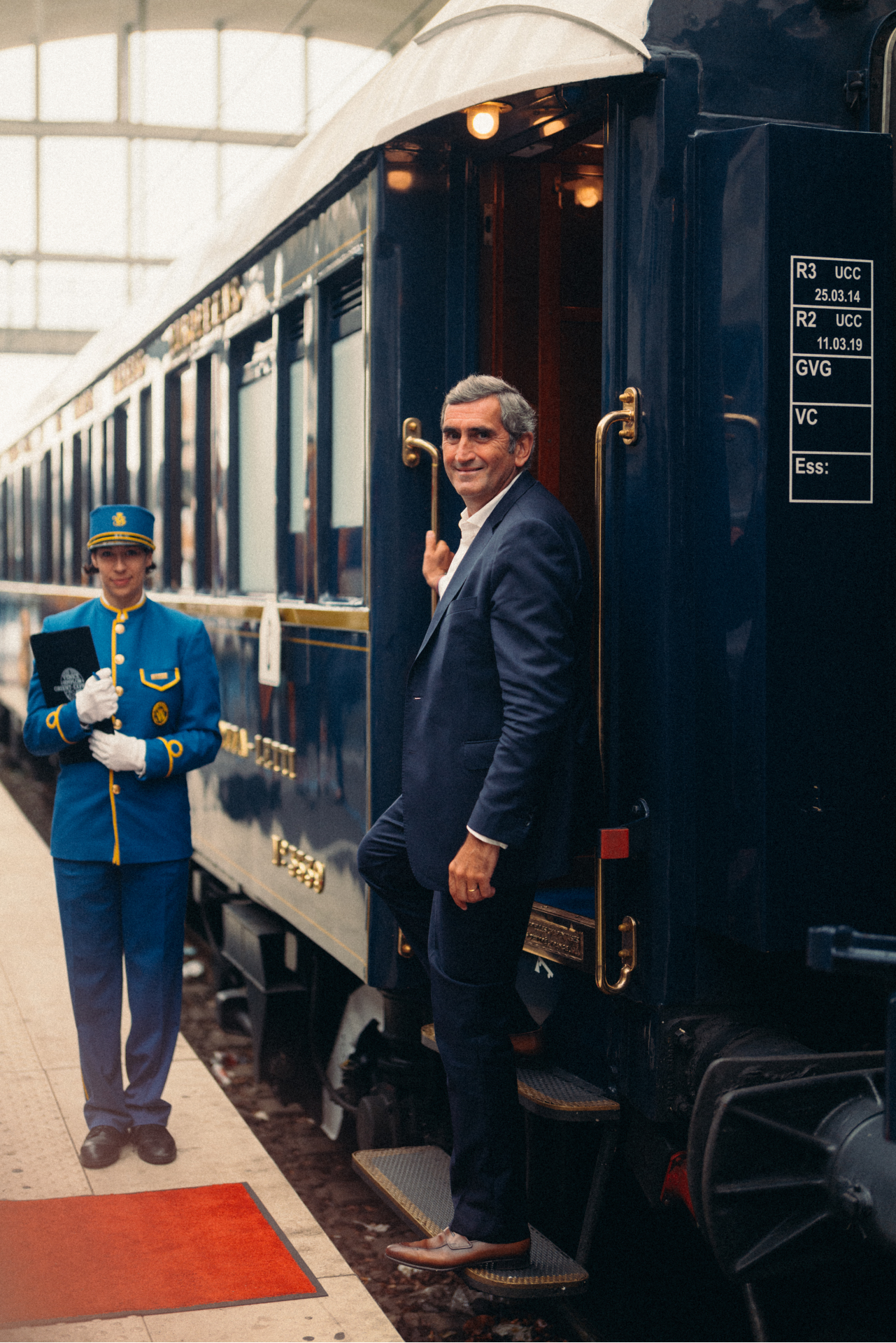
CEO of Veuve Clicquot, Jean-Marc Gallot
Though the company was originally created by a man, it was turned into a powerhouse by a formidable woman. Barbe-Nicole Ponsardin married Philippe Clicquot’s son, François, then found herself a 27-year-old widow and single mother when her husband died suddenly in 1805. Her father-in-law wanted to close the small and struggling wine business. Instead, Barbe-Nicole decided to run it herself – an extraordinary gamble at a time when women did not work.
She proved herself to be an exceptional pioneer and businesswoman, buying up more vineyards and implementing major innovations that revolutionised the industry. She produced the first millésime in 1810, created the first blended rosé champagne by adding red wine to white, and invented the riddling process to remove yeast and clarify champagne.

Exterior of the Venice Simplon-Orient-Express
Veuve Clicquot was acquired by LVMH in 1986, and continues to be a thriving business today. It is the number one champagne in the United States, a fact that was reflected in the demographic of the anniversary trip.
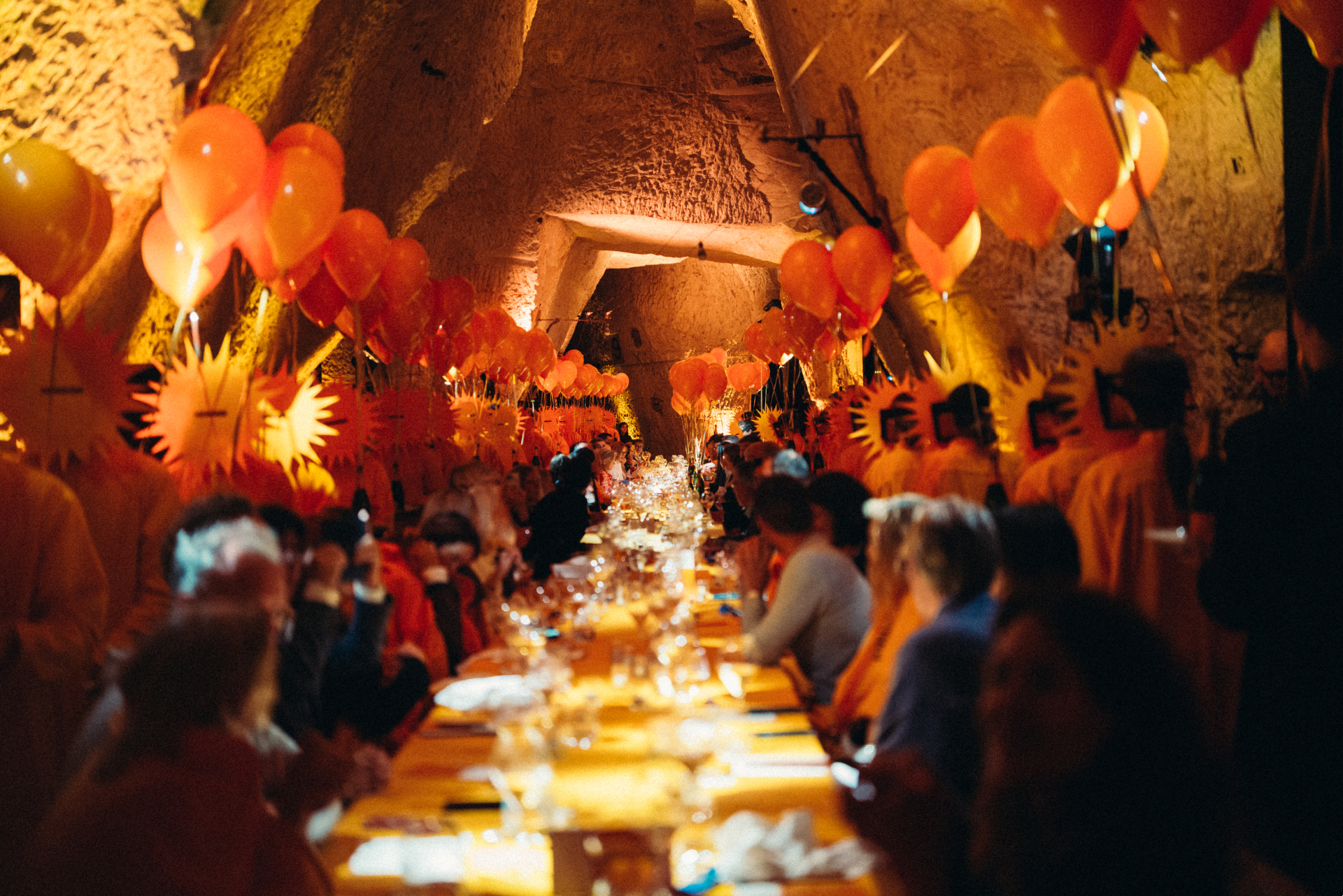
Guests at lunch in Veuve Clicquot’s crayères
The celebration started in Reims, in the maison’s crayères, a 24km maze of white-walled caves dug by hand between the 2nd and 18th centuries, when chalk was used to make cement, and now providing the ideal conditions for ageing wine.
Here, some 20m underground, more than 100 guests took their seats at a single long table and feasted on a theatrical lunch, complete with spinning plates and masked servers. Horse-drawn carriages then ferried them through the city to the train station, where the midnight blue Venice Simplon-Orient-Express was waiting, a jazz quartet playing on the platform.
Receive our daily digest of inspiration, escapism and design stories from around the world direct to your inbox.
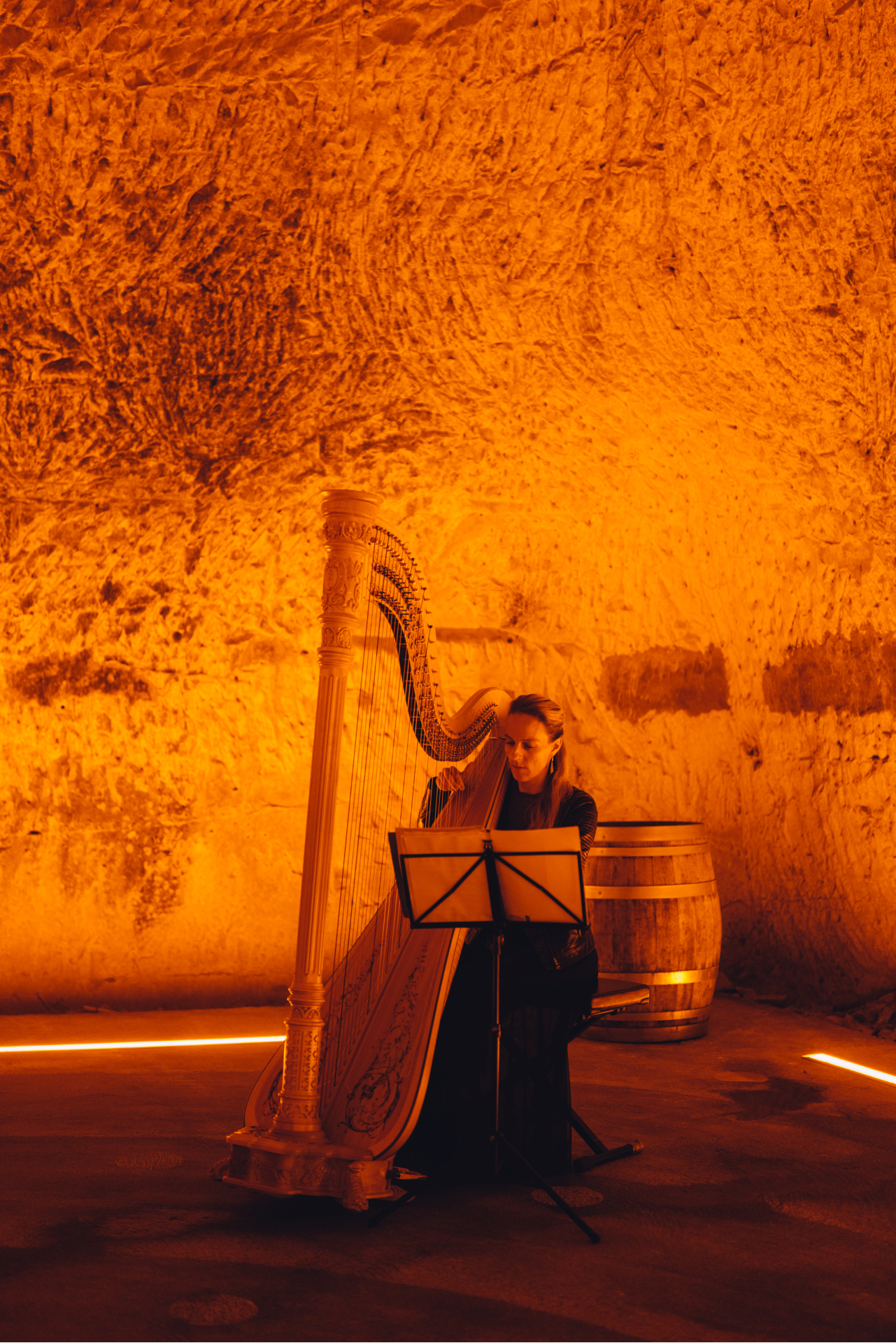
Entertainment in the crayères
What followed was nearly 24 hours of festivity and farniente, well lubricated by champagne from beginning to end. Guests were led to their individual cabins, each one stocked with a bottle of chilled 2012 La Grande Dame.
This is the newest vintage of a prestigious cuvée launched 50 years ago to celebrate 200 years of the house (and comes in a limited edition bottle by Yayoi Kusama). Veuve Clicquot only makes La Grande Dame in certain years, depending on whether the harvest can provide the complex, elegant assemblage it requires.
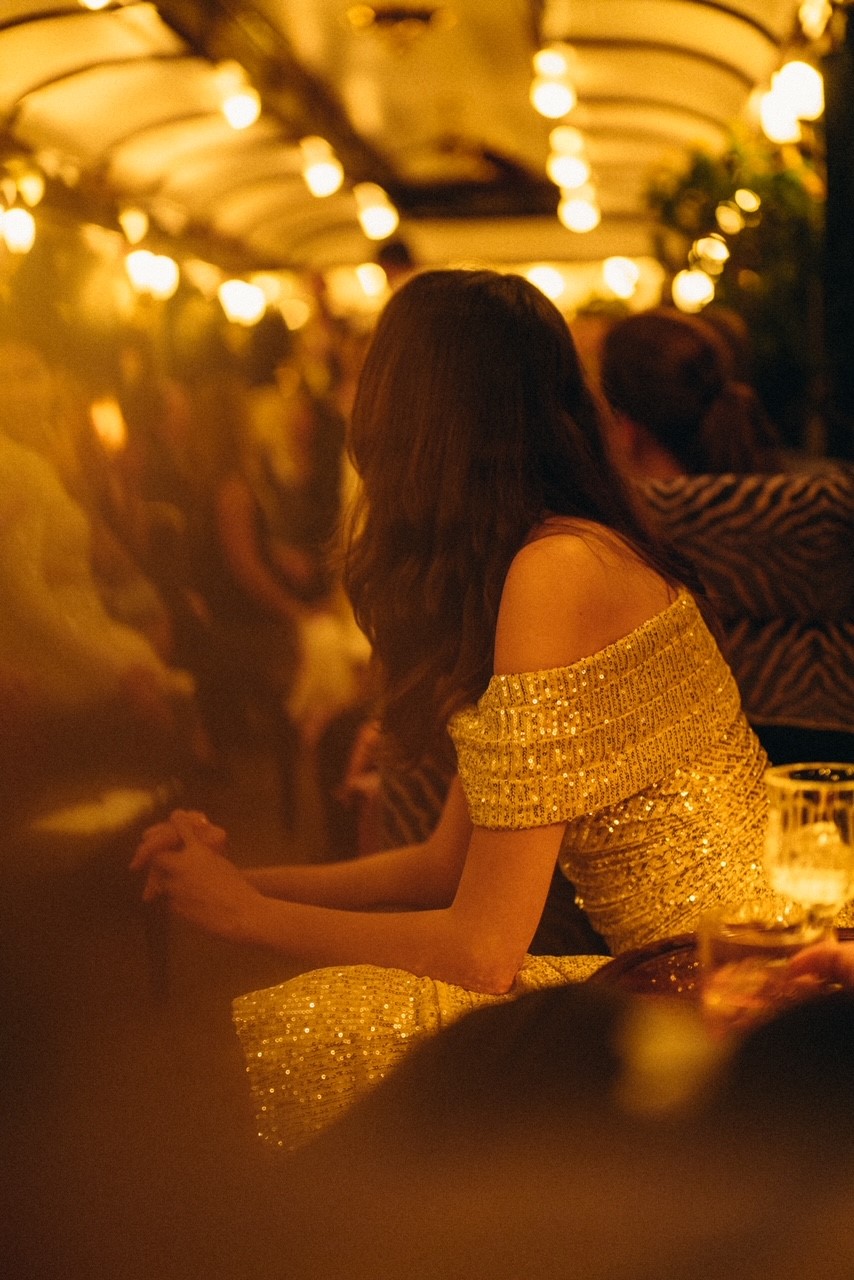
On board the Venice Simplon-Orient-Express
The train consisted of 12 sleeping cars, three dining carriages, one bar carriage, and two carriages for staff, all vintage, the oldest created in 1926. They had been scattered throughout Europe in various states of dereliction, each with its own individual story. One was stuck in a snowdrift for ten days in 1929, inspiring Agatha Christie’s novel. Another was used as a wartime brothel, while yet another had been rented to the Germans between 1942 and 1946. Picked up from different owners or at auctions, all have been lovingly restored with brass fittings, LED light fixtures identical to the original design, and an impressive array of marquetry.
Beautiful and luxurious, the sleeping cabins were nonetheless an exercise in space management – couples in the smallest ones discovered they had to take turns getting dressed for dinner. (Mr Gallot, who is extremely tall, found he had to sleep ‘en zig zag’.) Passengers had been advised to travel with small bags, but all managed to pack their finery for dinner, including long gowns and tuxedos. Many guests were surprised to learn that, aside from the six deluxe cabins, the accommodations did not include showers. Each cabin did have its own porcelain sink enclosed in a marquetry cabinet.
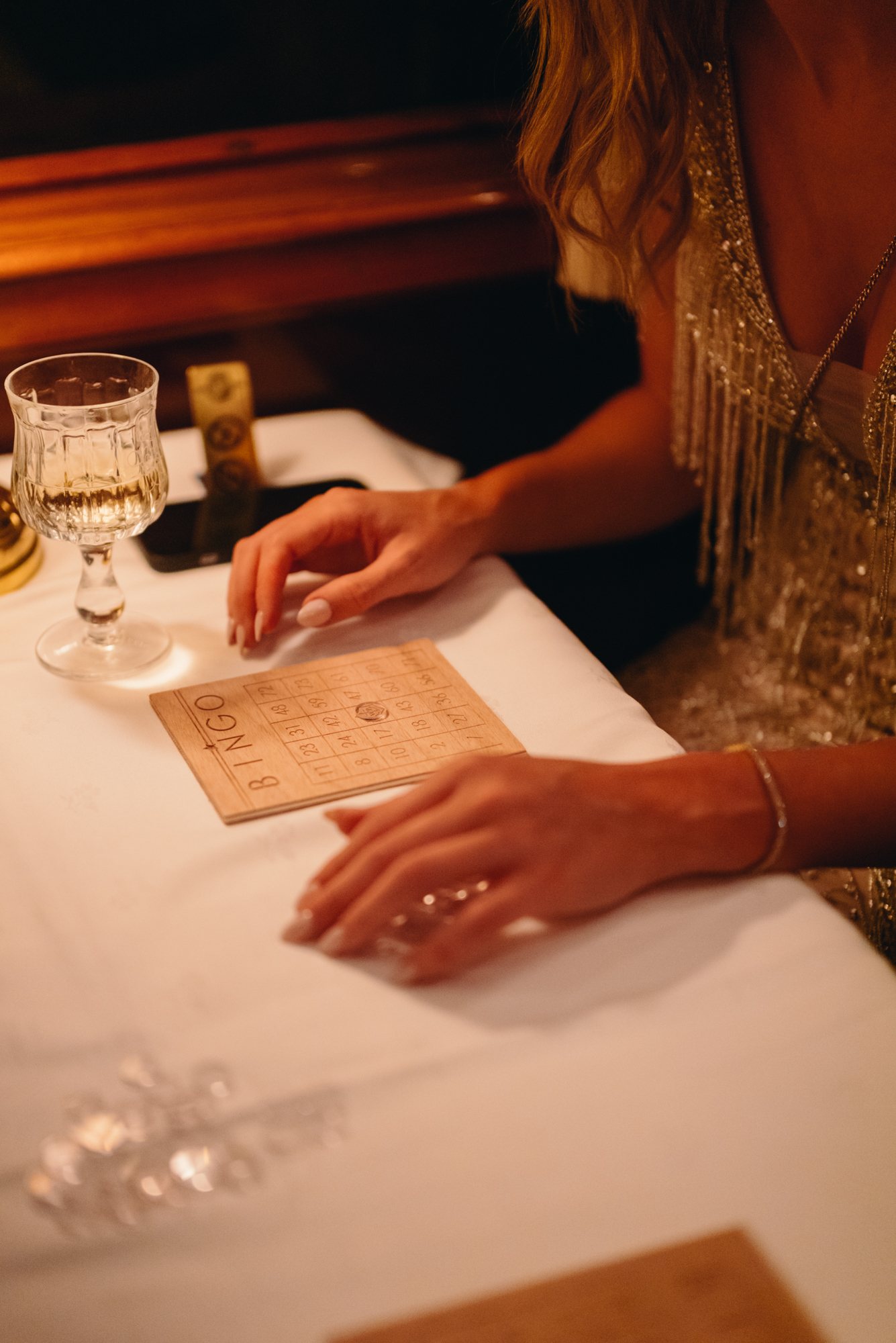
Bingo on the Venice Simplon-Orient-Express
Walking through the narrow corridors spurred memories of the film Murder on the Orient Express; whenever two people met, they had to turn sideways to pass each other. Like the film, there was even an elegant American widow on the train, who said one reason she treated herself to this trip was because of the parallel with Madame Clicquot. Fortunately, the voyage involved no foul play – the mood was convivial, and strangers became fast friends. When one woman won first prize at bingo, a customised Veuve Clicquot bicycle, she spontaneously gave it away to the widow, whose heart had been set on winning it. (Hearing of this, the Champagne house offered one to each.)
The train rumbled through France, Switzerland, Liechtenstein, Austria and Italy, past vineyards, mountains, lakes and chalets, each view made picture-perfect by the large, mahogany-framed windows. Even the VSOE’s executive chef, the unstoppable Jean Imbert, could not help exclaiming at the beauty of the countryside every few minutes, once he left his minuscule kitchen and sat for an interview. Imbert wrote a long and very personal letter of application when he learned this job was available. ‘Since I was little, I’ve always been fascinated by history, authenticity, places that tell a story,’ he explains. ‘As soon as you board this train, it’s like you’ve gone back in time.’
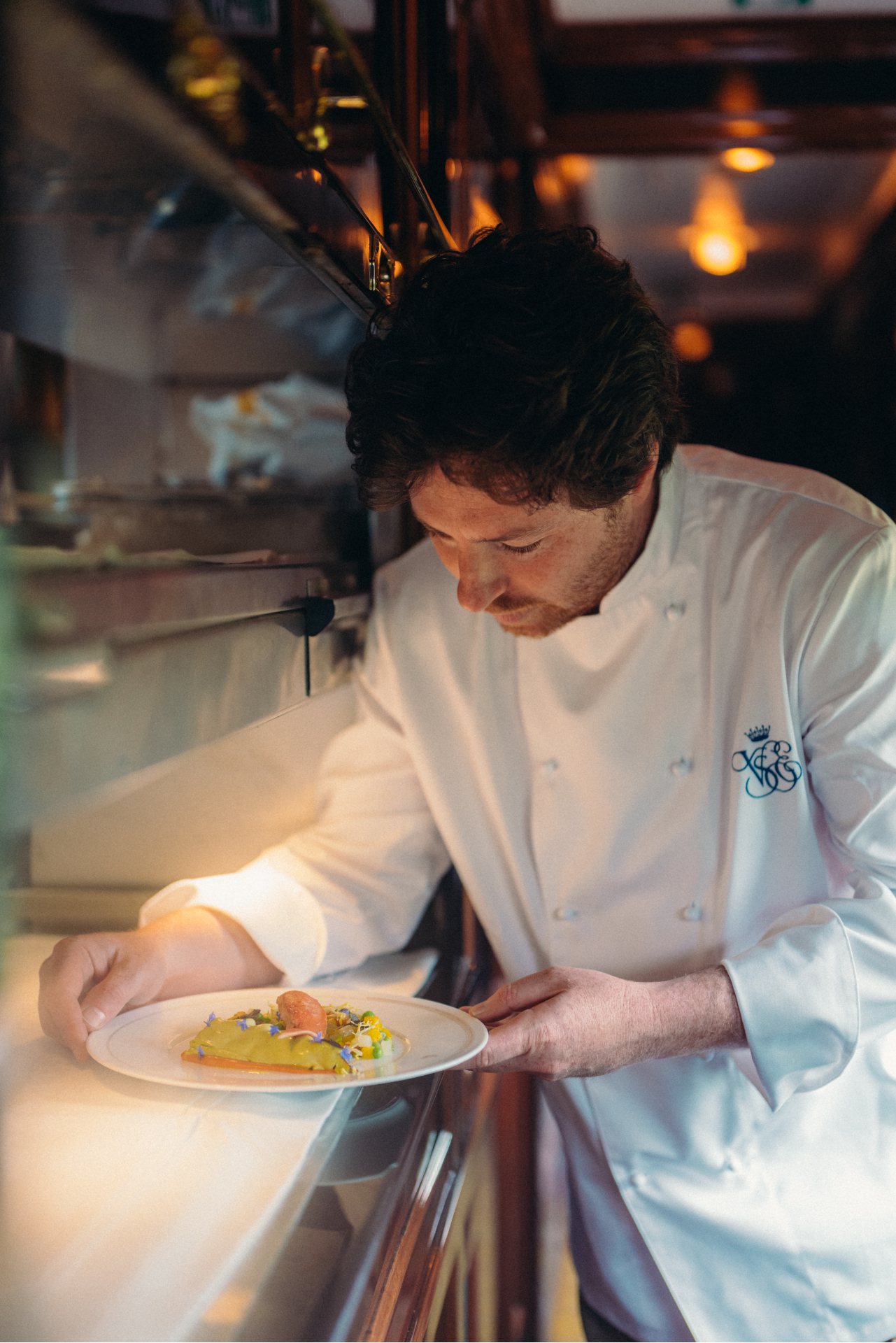
Jean Imbert, executive chef on the Venice Simplon-Orient-Express
The job was his dream – but once he had it, he had to face the reality of preparing haute cuisine in an unpredictably moving vehicle. The two kitchens are well-equipped, yet smaller than some closets; when the chefs are in place they cannot change positions. The train can lurch or move in unexpected ways. ‘When you’re standing up chopping something, or putting a pot up to boil, any sudden movement can be a surprise,’ Imbert says. The kitchens are restocked in Paris, then ‘when the train leaves, it leaves. You’re not going to stop to buy a tomato.’ And forget french fries; for safety reasons, there’s no question of deep-frying anything.
Beyond the food, Imbert worked on the aesthetics of the 1920s dining cars: the furniture, menu, carpets, lighting and art deco-inspired presentation plates. Each car has its own colour palette and theme. A gold one has Chinese-style lacquered wood, a green car features ‘Etoile du Nord’ flower marquetry, and a blue car has a series of René Lalique glass panels depicting Bacchanalian maidens, copied from three surviving originals.
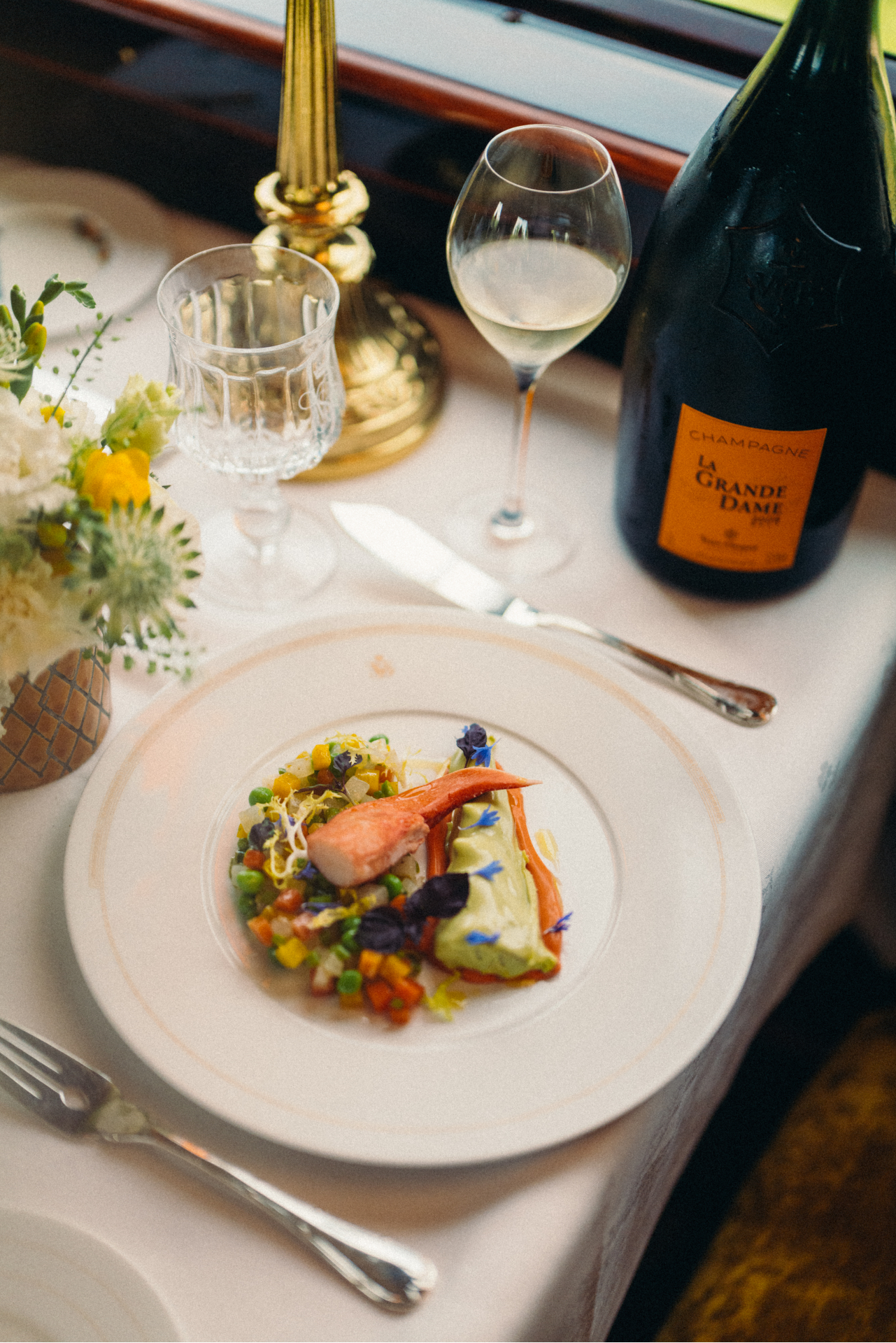
Homard à la parisienne (lobster with diced vegetables) served with a Cuvée La Grande Dame 2008 Rosé Magnum
Imbert’s menus for the VSOE reimagine French classics of a bygone time. ‘If you want to cook something that relates to marquetry, Lalique, lights, boiseries, you must do something historic,’ he says. ‘The challenge is doing it so that nothing changes and everything changes.’ For this trip, he conceived the dishes to be paired with particular Veuve Clicquot champagnes. Homard à la parisienne (lobster with diced vegetables) was served with a Cuvée La Grande Dame 2008 Rosé Magnum. Succulent poached chicken with an Albufera sauce, a 19th-century recipe made with cognac and duck liver, was accompanied by a Cuvée La Grande Dame 1990 Magnum, which had a slightly smoky depth to its freshness.
Also fresh: the strolling musicians and burlesque dancing girls, which provided entertainment throughout dinner, and afterwards in the very full bar car (a second bar car is in the works). The staff, many of them Italian, were remarkably skilled at carrying trays of cocktails in a crowded, swaying bar without spilling a drop

Burlesque dancer on the Venice Simplon-Orient-Express
The guests were invited to an optional 5.30am breakfast, when the train would pass through the Tyrolean mountains. Despite the extreme comfort of the bedding (the staff transform sofas into bunk beds during dinner) and the party that lasted into the wee hours, a good number of passengers rallied and showed up, either fully dressed or else wearing the kimonos provided in the rooms.
Time passes differently on a train. Throughout the morning, some people languished in bed, others partook of more bubbly and chatter, still others rediscovered the pleasures of writing postcards (provided onboard and posted with a VSOE stamp). And then suddenly it was time for lunch, when Imbert proved that champagne can go perfectly with street food, making a nod to Italy with a Vitello Venice Burger along with a Veuve Clicquot Extra Brut Extra Old 2 Magnum.
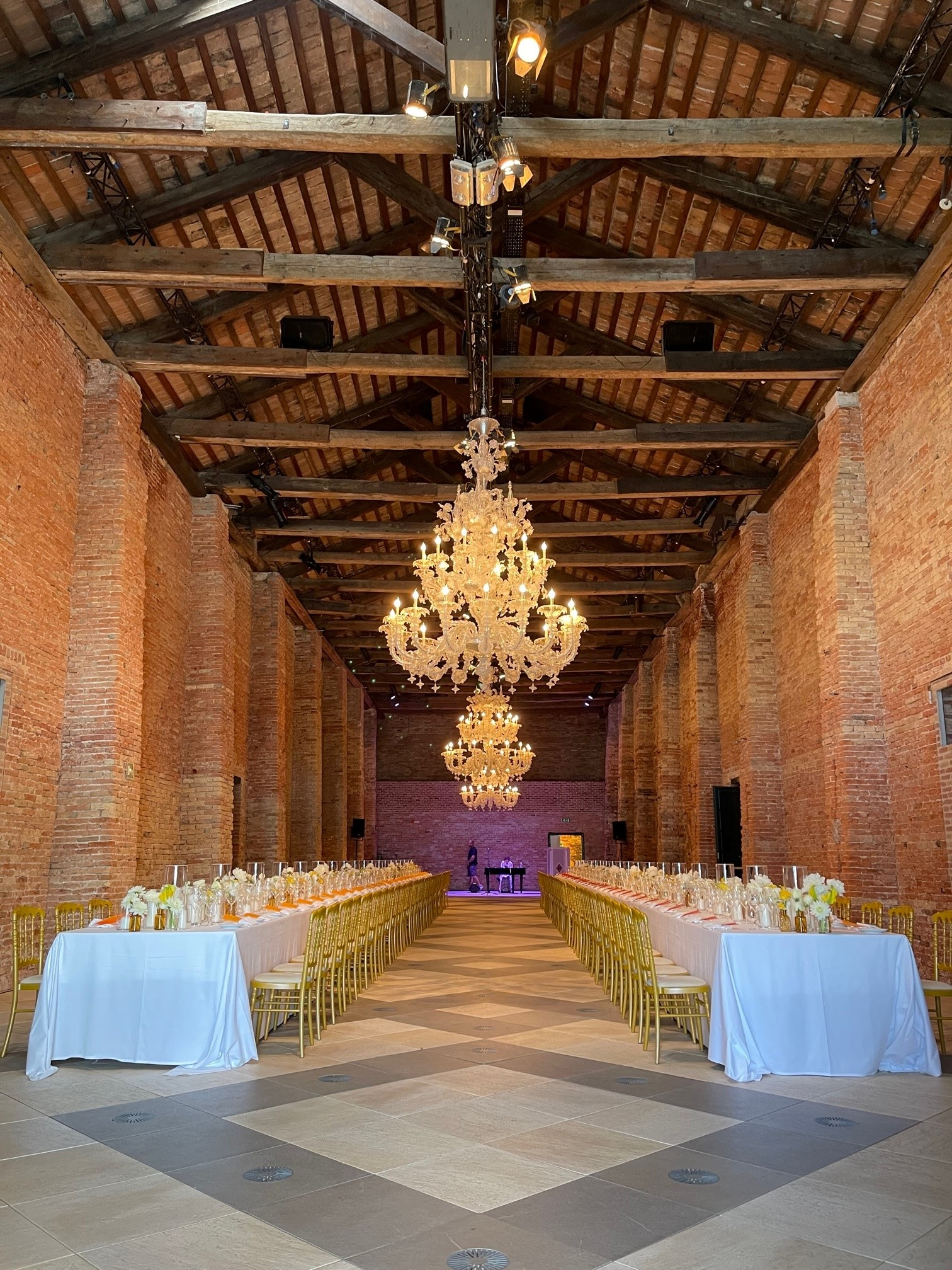
Cipriani hotel, Venice
Outside, the green landscape turned to water and the VSOE pulled into Venice, where the guests were whisked off to the legendary Cipriani hotel, with its Olympic-sized saltwater pool.
In the evening, bellinis were served overlooking the lagoon, followed by dinner in impressive former granaries underneath two massive Murano chandeliers. Prepared by chef Riccardo Canella (who worked as a sous-chef at Noma for seven years), the meal included a sublime seafood and seaweed risotto paired with the mineral notes of a Cuvée La Grande Dame 2008 Jeroboam.
The real grande dame, Barbe-Nicole Clicquot, never actually travelled beyond the borders of France. But she built a global empire in her lifetime, and her influence still brings sparkle to parties around the world.
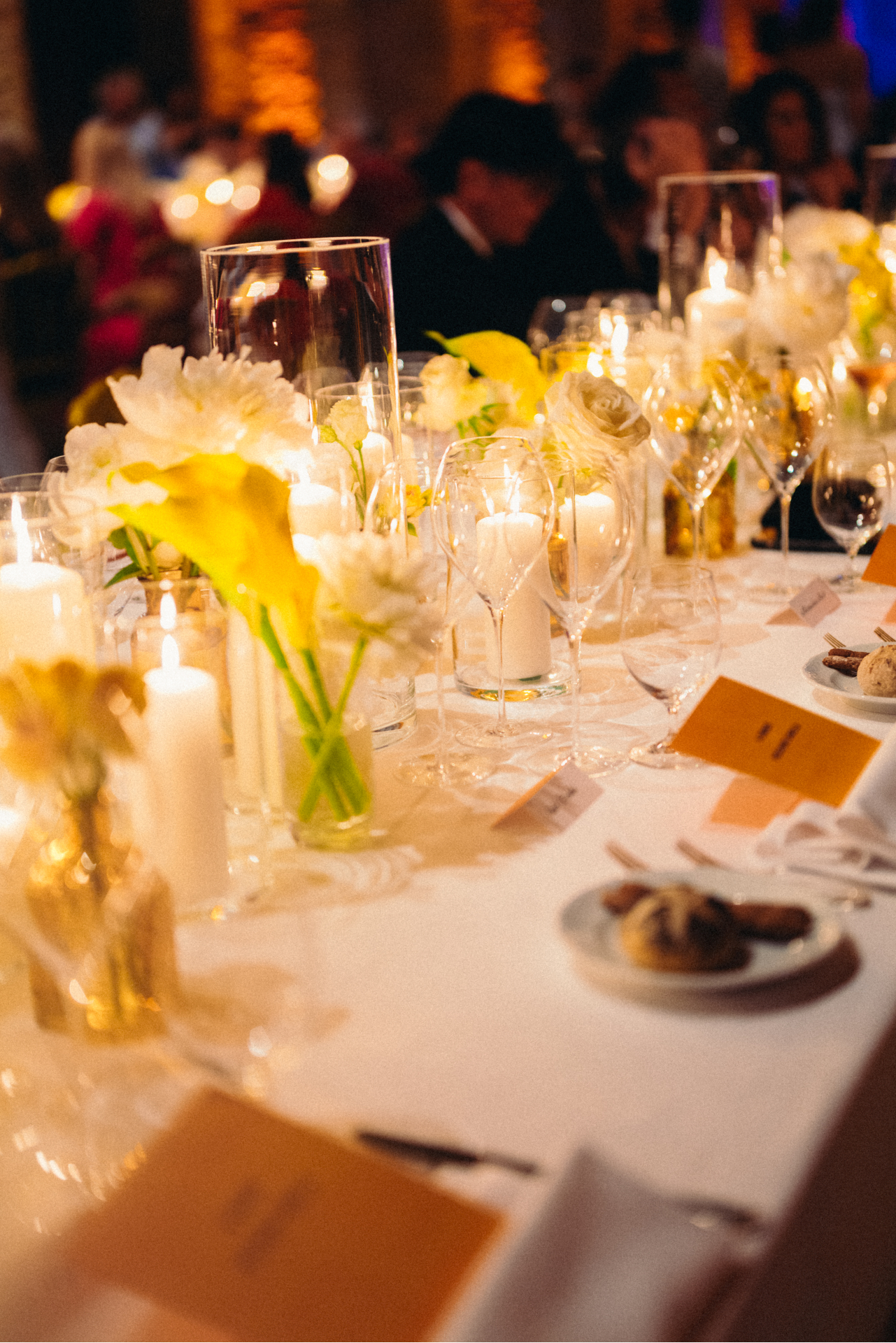
Cipriani hotel, Venice
INFORMATION
veuveclicquot.com
Amy Serafin, Wallpaper’s Paris editor, has 20 years of experience as a journalist and editor in print, online, television, and radio. She is editor in chief of Impact Journalism Day, and Solutions & Co, and former editor in chief of Where Paris. She has covered culture and the arts for The New York Times and National Public Radio, business and technology for Fortune and SmartPlanet, art, architecture and design for Wallpaper*, food and fashion for the Associated Press, and has also written about humanitarian issues for international organisations.
-
 In Norway, discover 1000 years of Queer expression in Islamic Art
In Norway, discover 1000 years of Queer expression in Islamic Art'Deviant Ornaments' at the National Museum of Norway examines the far-reaching history of Queer art
-
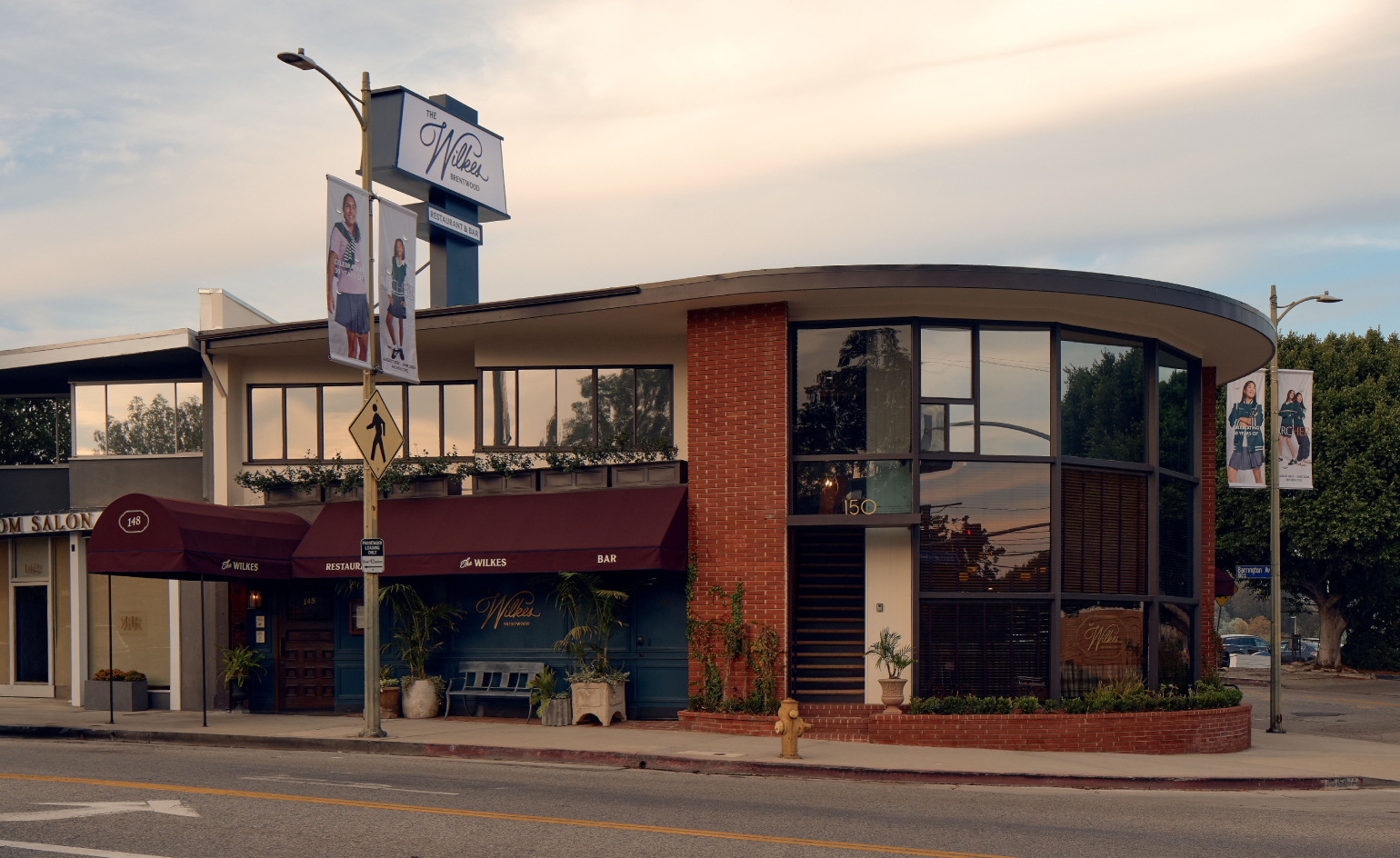 The Wilke is LA’s answer to the British pub
The Wilke is LA’s answer to the British pubIn the Brentwood Village enclave of Los Angeles, chef and restaurateur Dana Slatkin breathes new life into a storied building by one of Frank Gehry’s early mentors
-
 Top 10 gadgets of 2025, as chosen by technology editor Jonathan Bell
Top 10 gadgets of 2025, as chosen by technology editor Jonathan BellWhat were the most desirable launches of the last 12 months? We’ve checked the archives to bring you this list of the year’s ten best devices
-
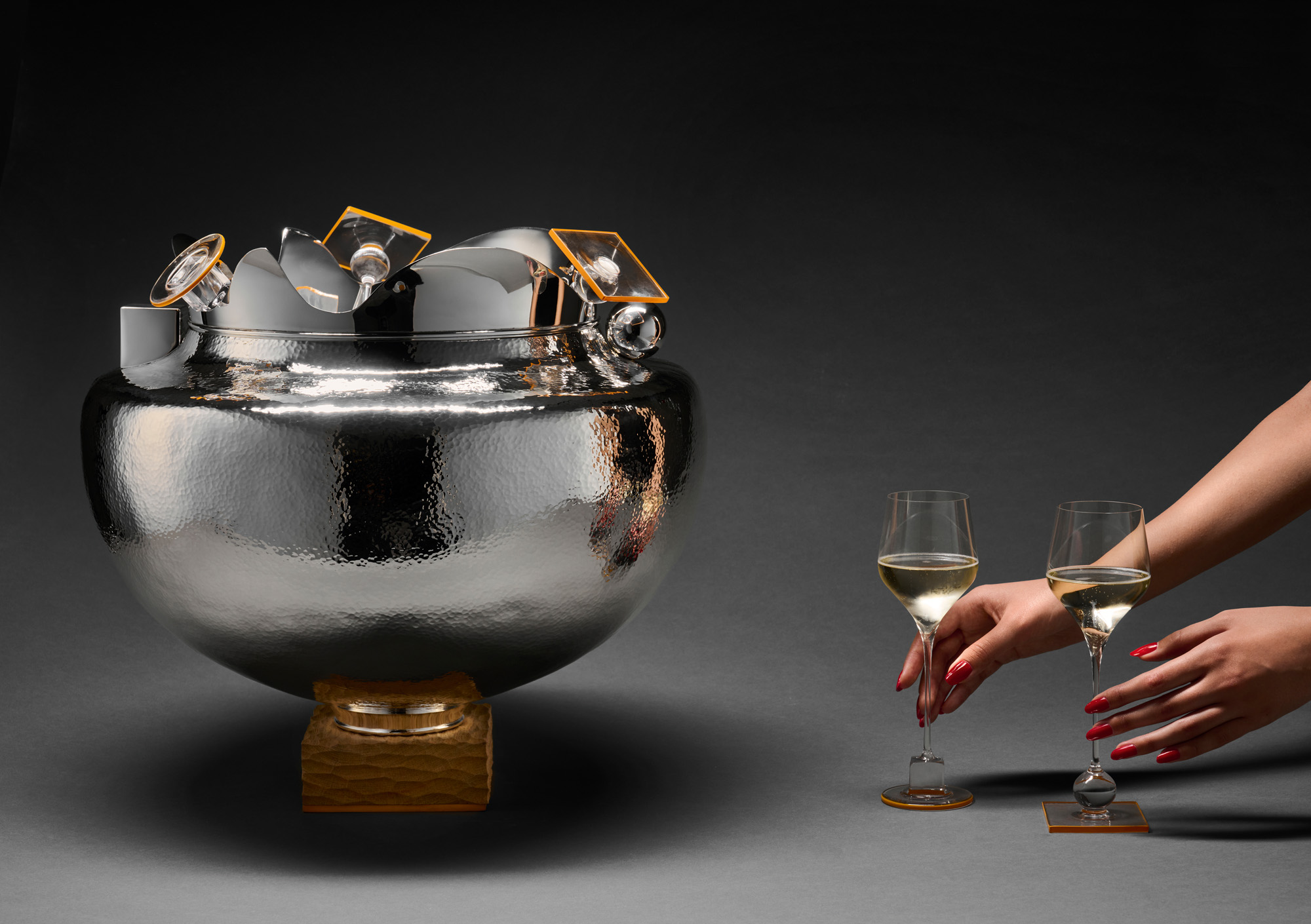 Veuve Clicquot’s collaboration with Jacquemus evokes sunny climes
Veuve Clicquot’s collaboration with Jacquemus evokes sunny climesSimon Porte Jacquemus is the latest creative to reinterpret Veuve Clicquot's La Grande Dame
-
 Veuve Clicquot and Magnum Photos salute the sun
Veuve Clicquot and Magnum Photos salute the sun‘Emotions of the Sun’, a photography exhibition by Veuve Clicquot and Magnum Photos, debuts in Milan, accompanied by a sun-themed tasting menu
-
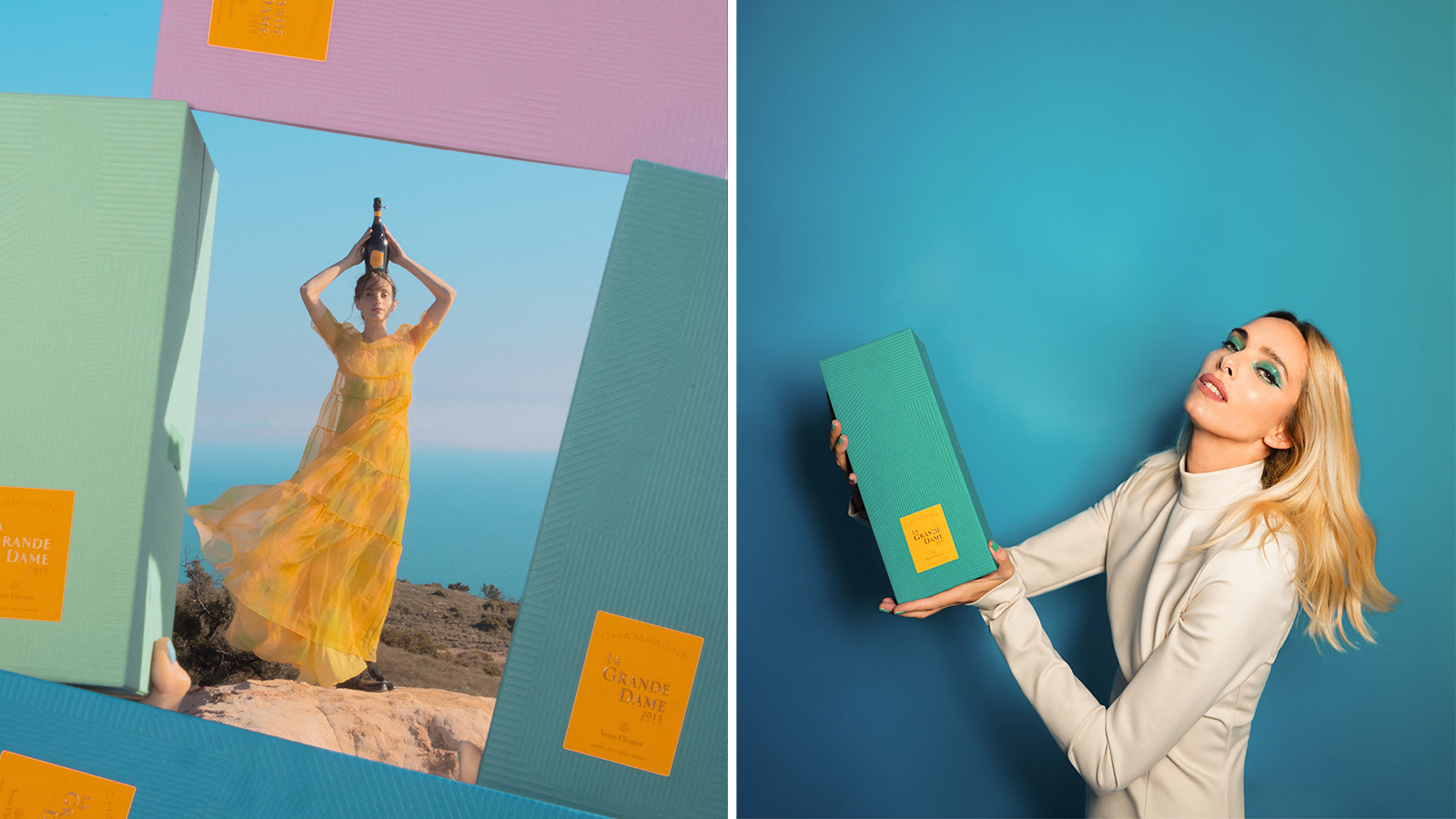 Veuve Clicquot La Grande Dame 2015 shows its true colours
Veuve Clicquot La Grande Dame 2015 shows its true coloursVeuve Clicquot’s latest Creative Makers programme celebrates the emotive power of colour
-
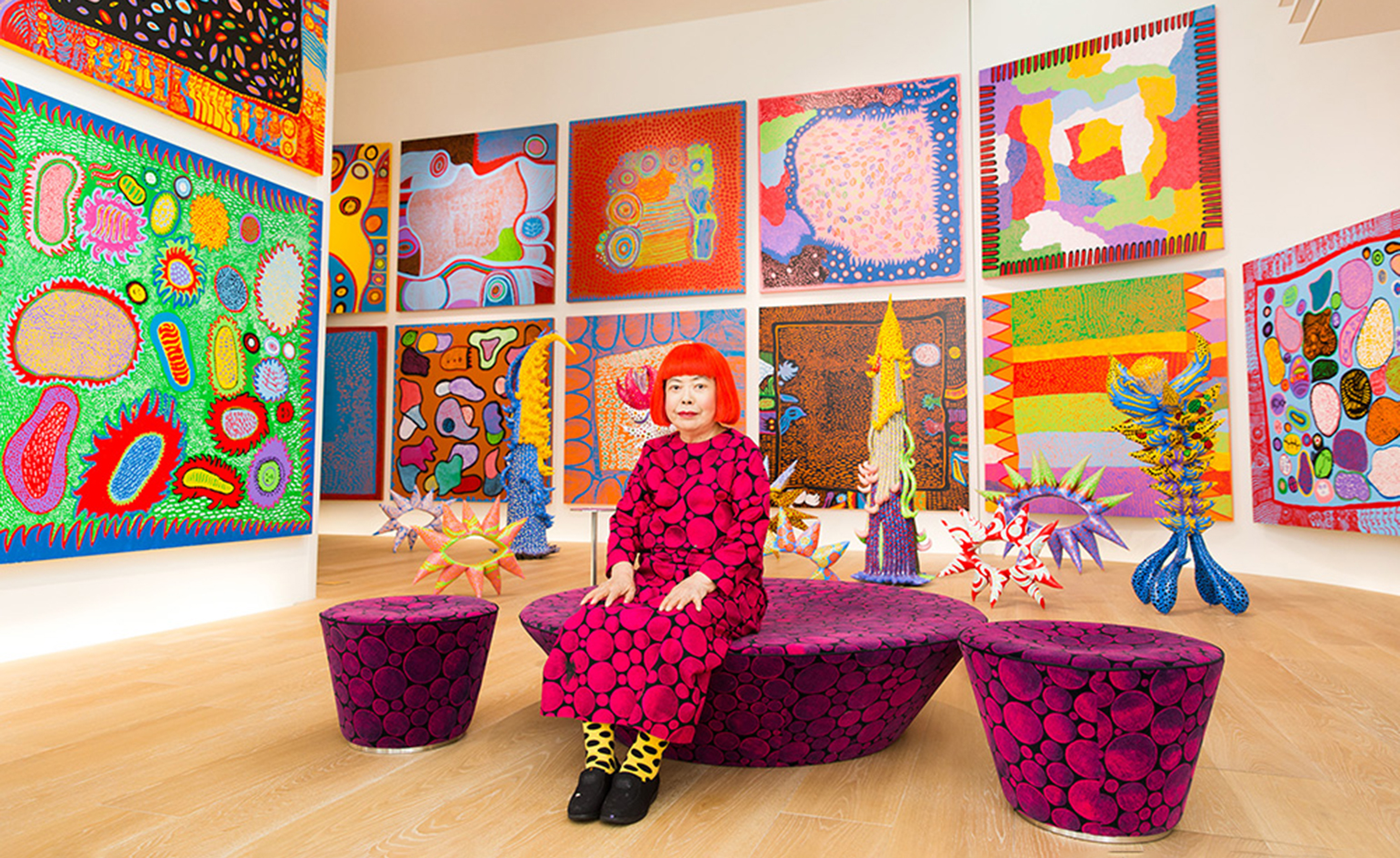 In Washington, DC, Yayoi Kusama and Veuve Clicquot are in full bloom
In Washington, DC, Yayoi Kusama and Veuve Clicquot are in full bloomYayoi Kusama and Veuve Clicquot continue their long and fruitful collaboration with a series of art events in Washington, DC, headlined by the artist’s major show, ‘One With Eternity’ at the Hirshhorn
-
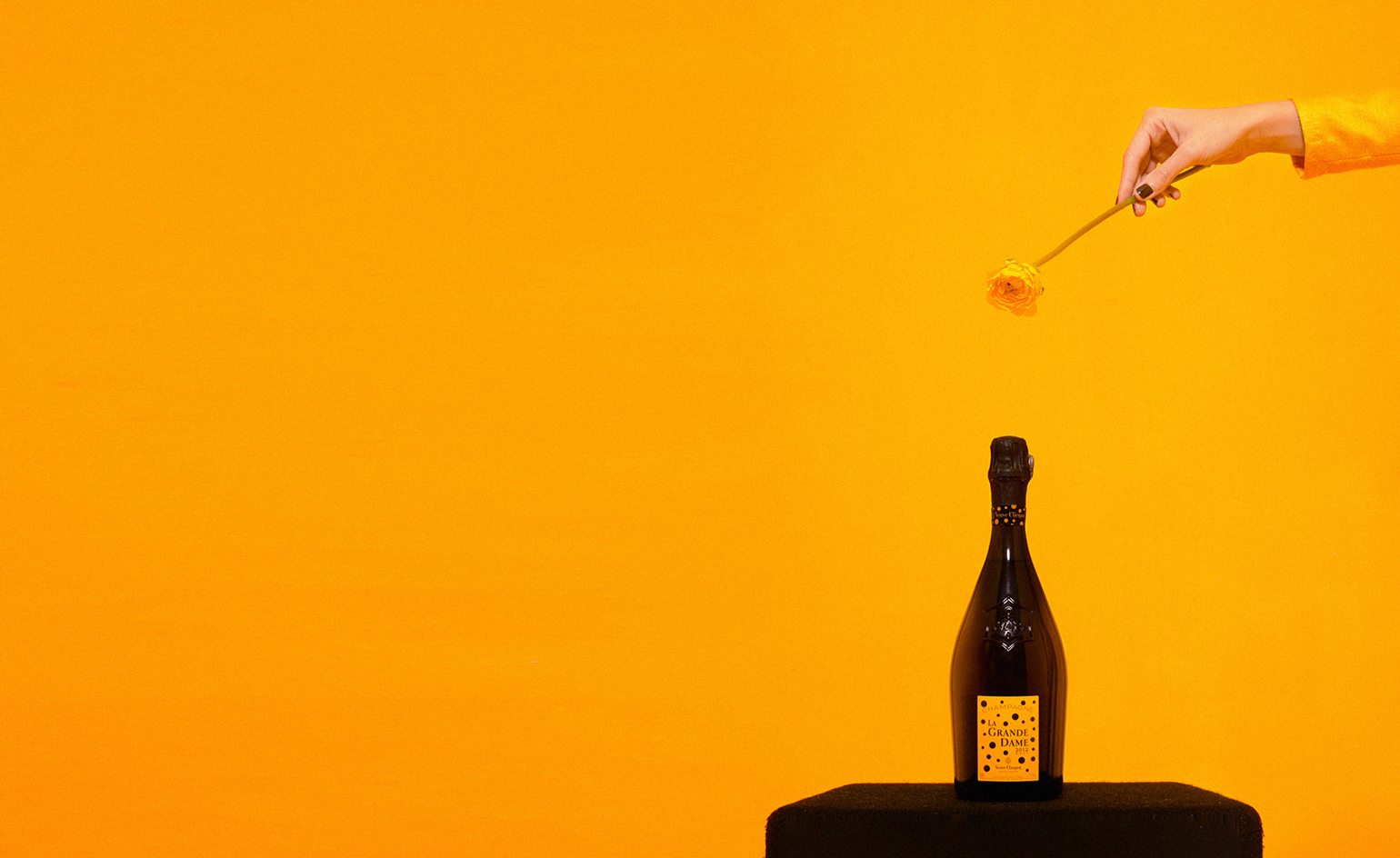 Veuve Clicquot Creative Makers spread hope and optimism for 2022
Veuve Clicquot Creative Makers spread hope and optimism for 2022Veuve Clicquot rounds off 2021 as it began, with a gathering of six creative talents writing the second chapter of the champagne Maison’s ‘Inspiration in Bloom Series’
-
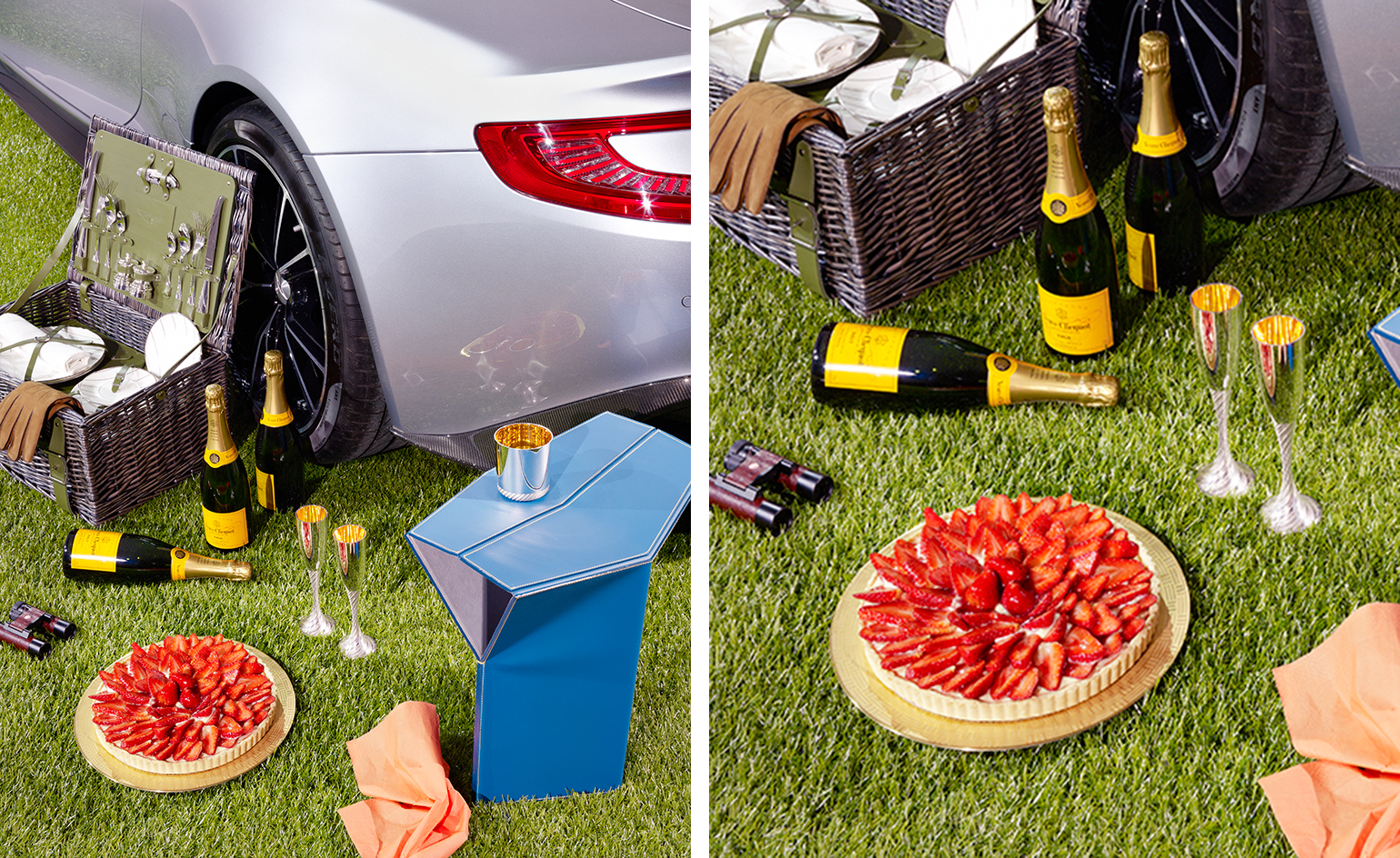 Serve up this strawberries and cream treat for Wimbledon
Serve up this strawberries and cream treat for WimbledonThis alternative swing on strawberries and cream is a sweet way to celebrate the arrival of the Wimbledon tennis championships and summer
-
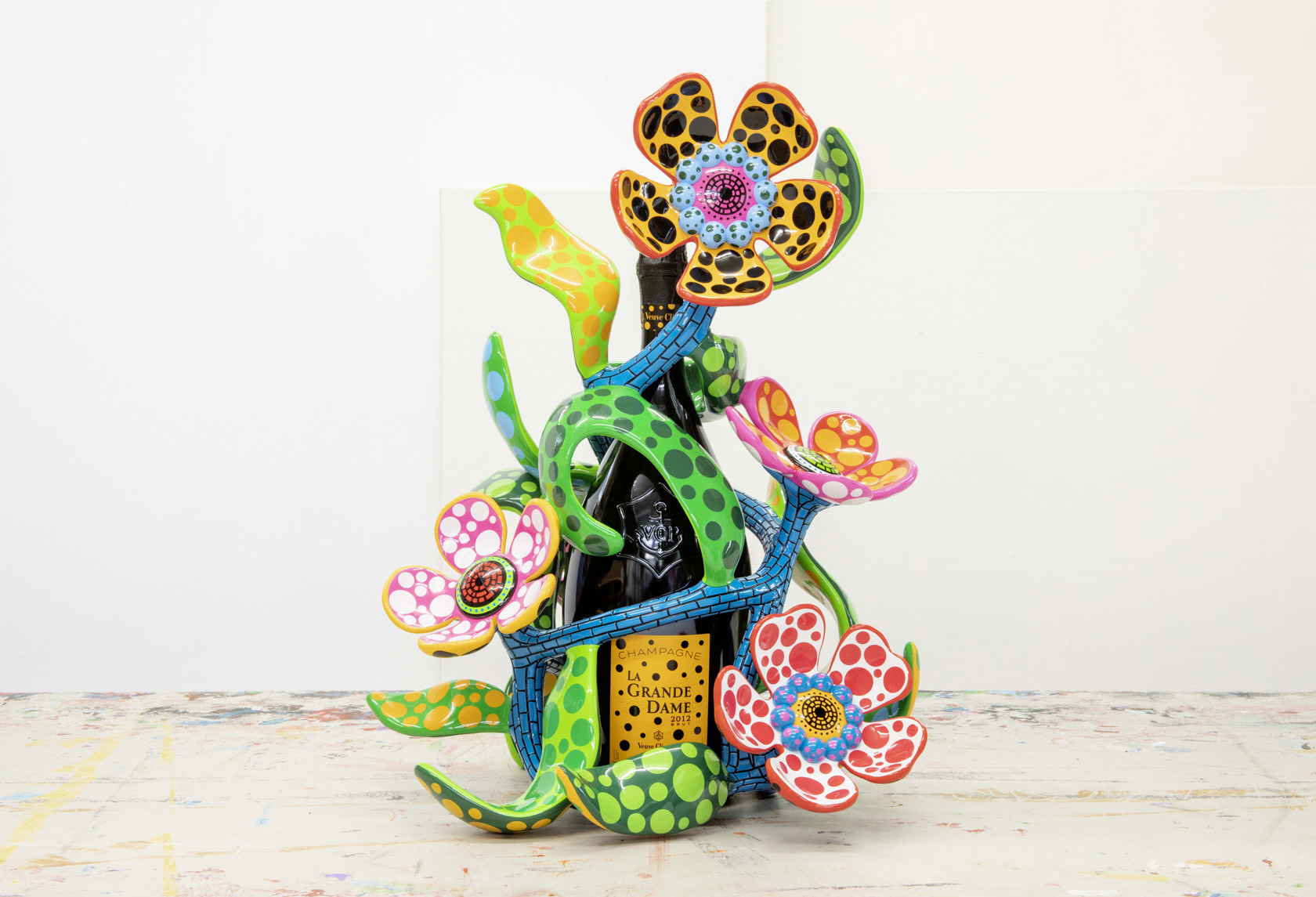 Yayoi Kusama’s collaboration with Veuve Clicquot hits an optimistic note
Yayoi Kusama’s collaboration with Veuve Clicquot hits an optimistic noteCalled on to interpret Veuve Clicquot’s premium cuvée, La Grande Dame, the Japanese artist creates a limited-edition sculpture with flowers, polka dots and a message of hope
-
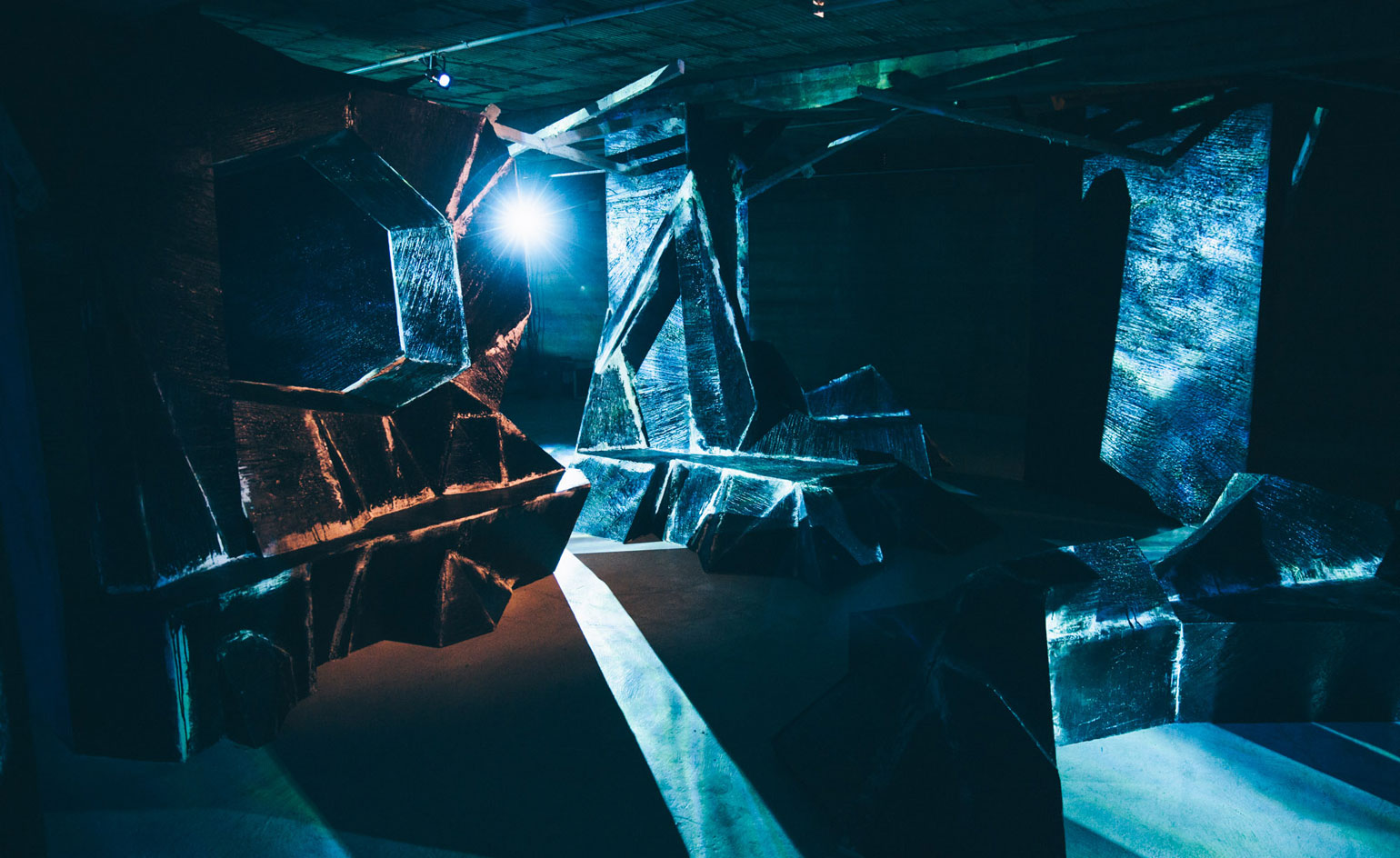 Written in the stars: Veuve Clicquot brings the zodiac to life through set design
Written in the stars: Veuve Clicquot brings the zodiac to life through set design